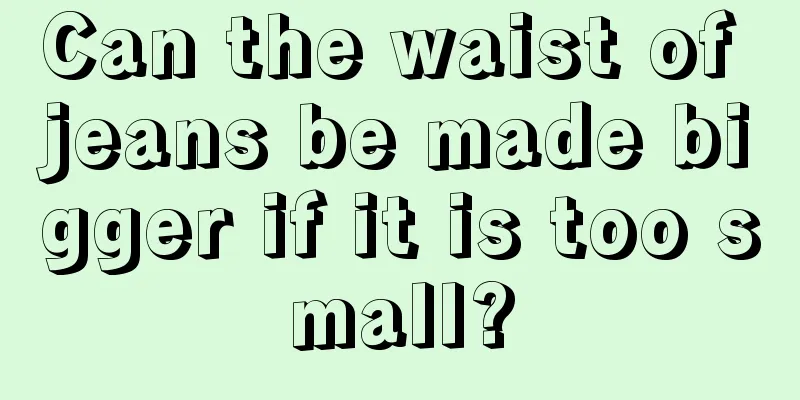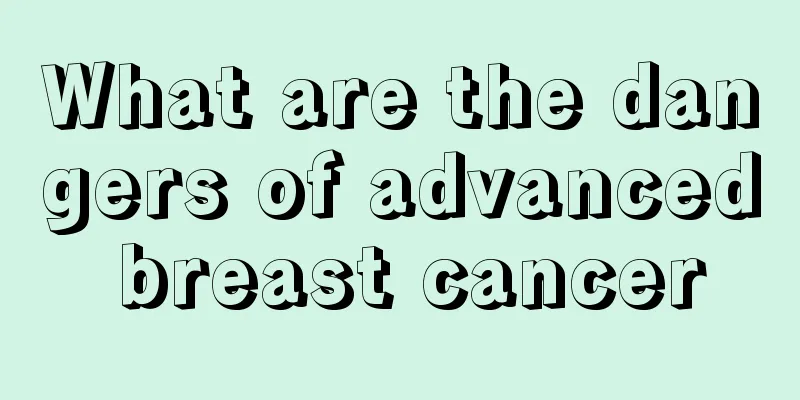What are the symptoms of allergic rhinitis and conjunctivitis

|
The nose and eyes are generally the parts that people pay the most attention to. If the nose or eyes are inflamed, it is the most worrying, because these two parts are not only related to people's appearance, but also have important functions. If you want to cure the disease quickly, you need to check and treat it in the early stages of the disease. This requires us to understand the symptoms of the disease. Today, let’s take a look at the symptoms of allergic rhinitis and conjunctivitis. Allergic rhinitis can invade the eyes through the nasolacrimal duct, causing allergic conjunctivitis, collectively referred to as allergic rhinoconjunctivitis. The main symptoms of allergic rhinoconjunctivitis are sneezing, clear runny nose, nasal congestion, itchy eyes, tearing and increased eye secretions. Children often rub their noses (picking their noses) and rub their eyes, which are caused by itchy nose and eyes. The above-mentioned typical clinical manifestations of allergic rhinitis and allergic conjunctivitis are often the main complaints of patients when they seek medical treatment, and are also one of the main bases to help doctors make a diagnosis. This disease usually has the characteristics of rapid onset and rapid disappearance. Persistent allergic rhinitis often occurs in the early morning when getting up, and its causes are often related to indoor allergens such as house dust, dust mites, mold or excessive temperature changes. Intermittent allergic rhinitis and allergic conjunctivitis are mostly related to pollen allergy. They are more severe during the daytime during the pollen season, and the symptoms and signs disappear quickly after the season. How to diagnose conjunctivitis The diagnosis of allergic rhinoconjunctivitis mainly relies on medical history, symptoms and immunological examination. A detailed history of current illness is very important for the diagnosis, differential diagnosis, judgment of severity and evaluation of expected treatment effects of allergic rhinoconjunctivitis. 1. Have a typical history of atopy (including family history of allergic diseases, personal history of other allergic diseases such as infantile eczema, urticaria or asthma, etc.) and typical clinical symptoms. 2. The main symptoms of allergic rhinitis include nasal itching, frequent sneezing, clear nasal discharge, nasal congestion, etc. The symptoms of allergic conjunctivitis include eye itching, tearing and increased eye secretions, etc. These symptoms may disappear on their own or after treatment. 3. Typical signs: Pale and edematous mucosa of the inferior turbinate or gray-blue mucosa are typical signs of allergic rhinitis. Red eyes and conjunctival congestion and increased secretions are signs of allergic conjunctivitis. |
<<: How is chronic conjunctivitis diagnosed? Diagnostic methods for chronic conjunctivitis
>>: What causes bleeding in the ears after drinking? You need to know these 5 things to note
Recommend
The magical effects and functions of roasted sugarcane
Many people have the habit of eating sugarcane. S...
What are the categories of body types?
Human body shapes are divided into standard body ...
What to do if you have wind-heat cold and constipation?
After suffering from a wind-heat cold, one often ...
What method can be used to remove oil stains from clothes?
Everyone is very troubled by the oil stains on cl...
Can skin cancer be inherited?
Our living environment is getting better and bett...
What is the normal value of AFP?
The liver is an important organ in the human body...
Is it good to drink yogurt when you have stomachache?
Many people like to drink yogurt, and yogurt has ...
How long is the shelf life of Da Hong Pao
Dahongpao is a type of oolong tea and is loved by...
The difference between the inner and outer canthus
The inner canthus and the outer canthus are diffe...
What are the symptoms of lumbar degeneration?
Lumbar degeneration is common among the elderly. ...
How to wash off oil stains on white clothes
Stains on clothes are difficult to remove. Althou...
Can rhino horn cure cirrhosis?
There are many people who often smoke and drink f...
What are the benefits of okra to the body
Okra has many benefits for the body. Okra is rich...
What are the symptoms of enteritis?
The terminal stage of enteritis is indeed quite c...
There are bumps on the inside of the elbows_There are many small bumps on the elbows
The growth of bumps on the inside of the elbows i...









